NASA Continues Starliner’s Return to Earth Amid Thruster Troubles
NASA managers have delayed the Starliner crew capsule’s return to Earth to ensure its problematic control thrusters can guide the ship’s crew home safely.
The two astronauts, Butch Wilmore and Suni Williams, were supposed to return weeks ago but remain on the ISS as engineers investigate the thruster issues and helium leaks.
Thruster Problems During Docking
Five of the 28 reaction control thrusters on Starliner’s service module failed during its approach to the ISS in June. The flight software disabled these thrusters due to overheating, although four were later recovered.
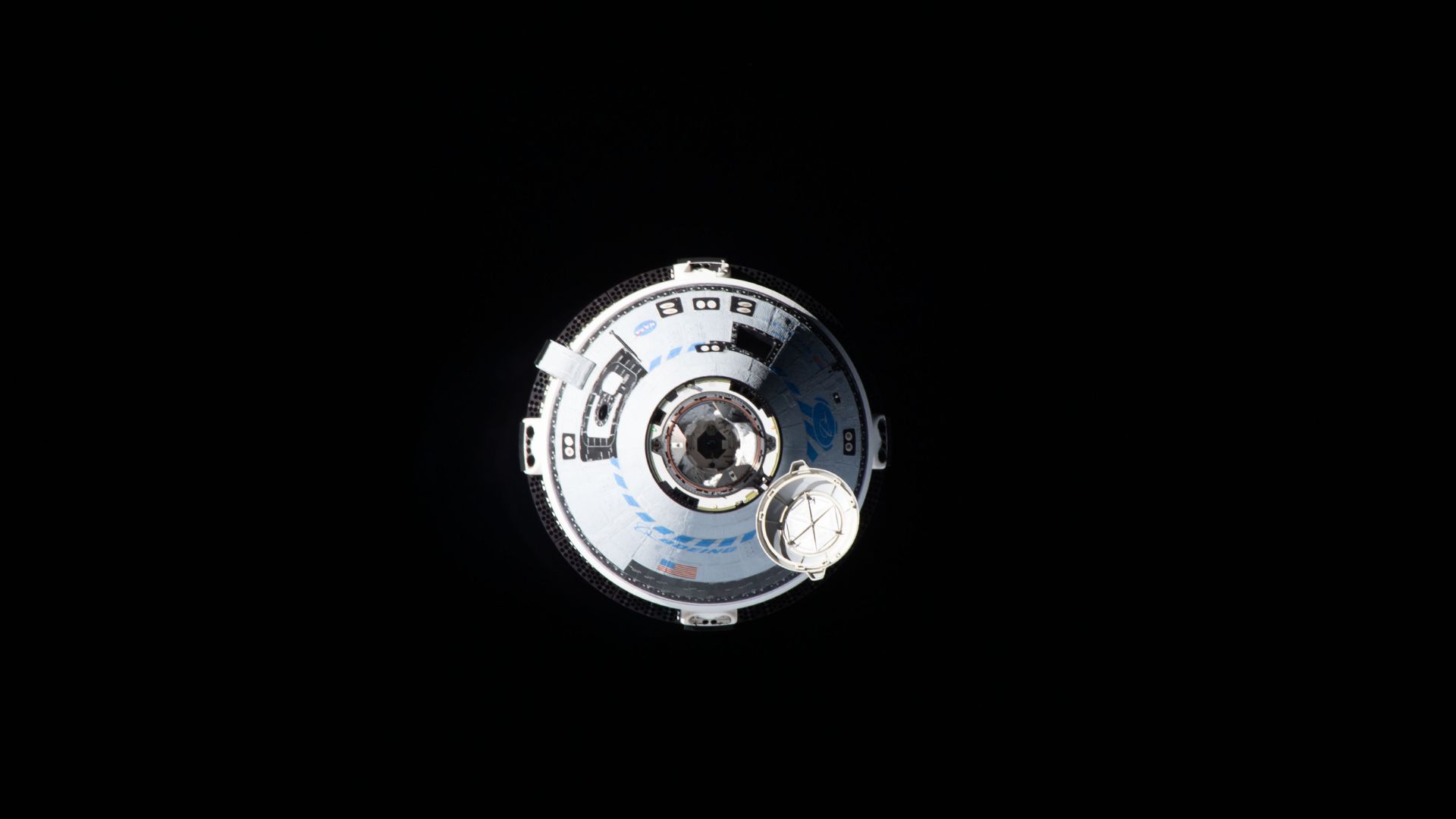
Source: Bob Hines/NASA/Wikimedia Commons
The thruster failures impacted the spacecraft’s handling, but it successfully docked in autopilot mode.
Astronauts’ Confidence Despite Delays
Astronauts Butch Wilmore and Suni Williams expressed confidence in the spacecraft despite the delays. “Human spaceflight is not easy,” Wilmore said, acknowledging the challenges.
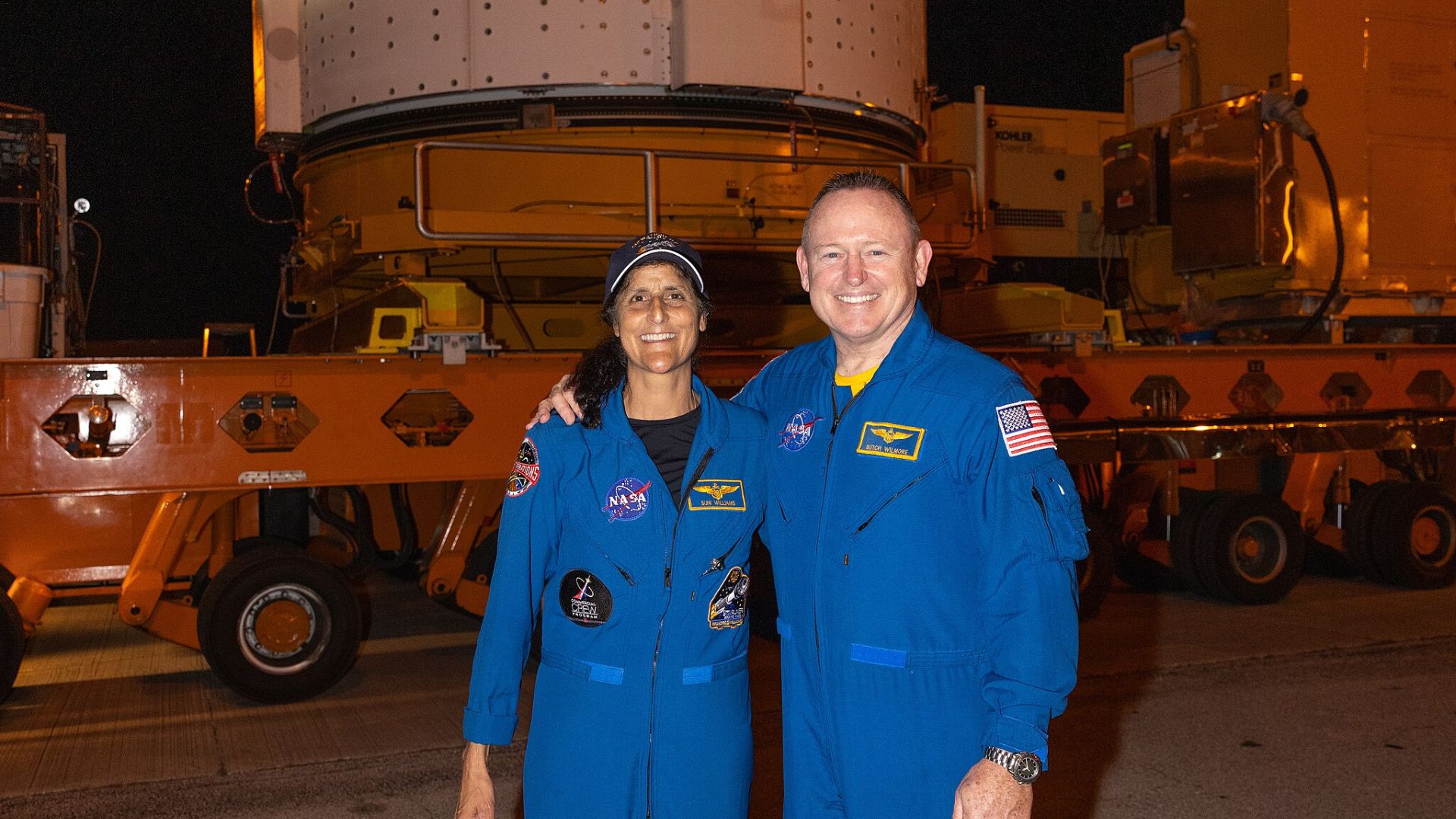
Source: NASA/Wikimedia Commons
Both astronauts are prepared to fly the capsule back to Earth if necessary, demonstrating their trust in the Starliner’s capabilities.
Testing and Evaluations at White Sands
NASA and Boeing decided to replicate the overheating issue by testing a Starliner thruster at White Sands, New Mexico. The goal is to simulate the same firing sequences that caused the overheating in orbit.
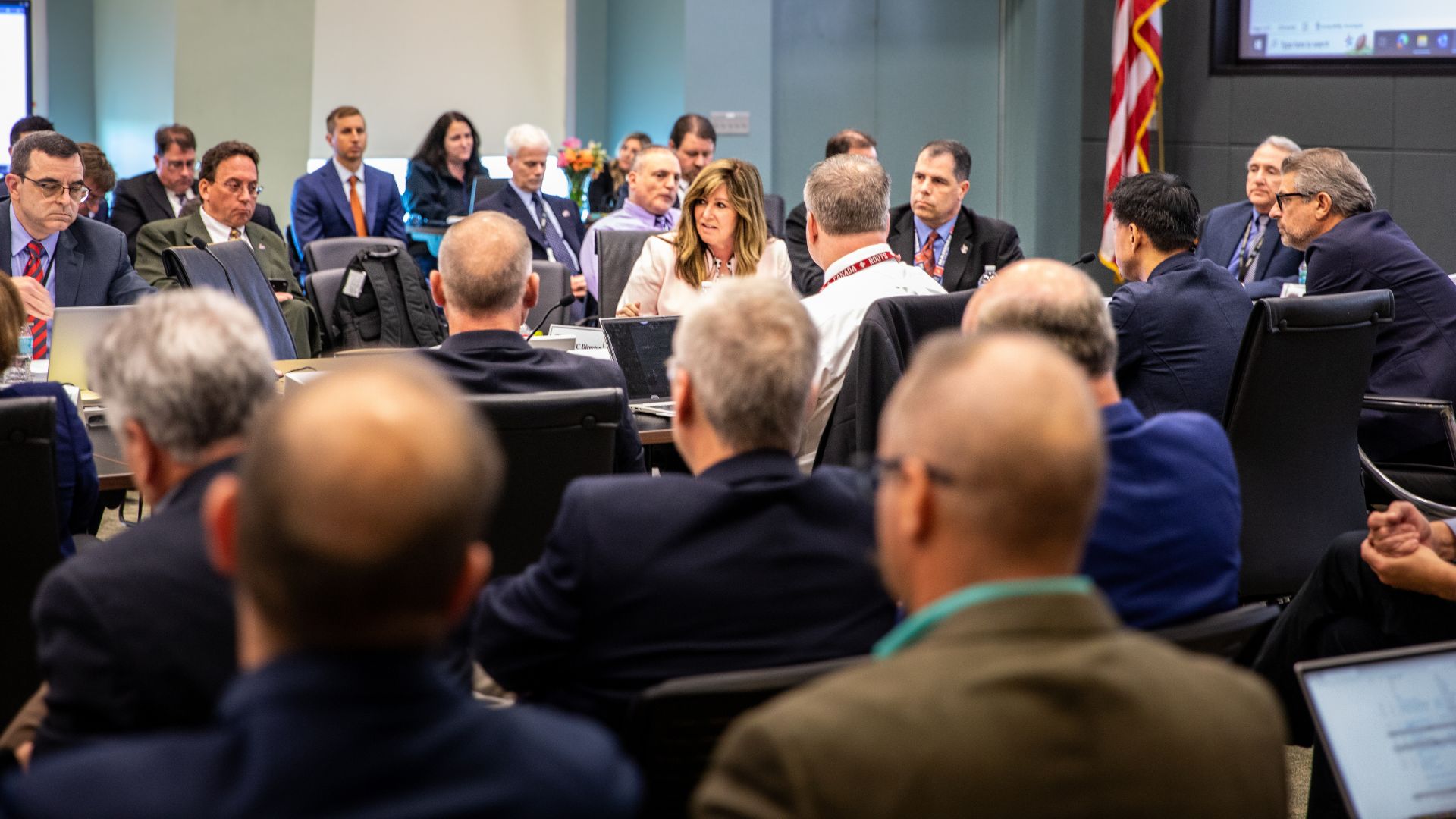
Source: NASA/Wikimedia Commons
Engineers are studying the heating effects and potential damage to improve the thruster system’s reliability.
Thruster Redesign Considerations
Boeing engineers are considering design changes to the Starliner’s service module to prevent future thruster issues.
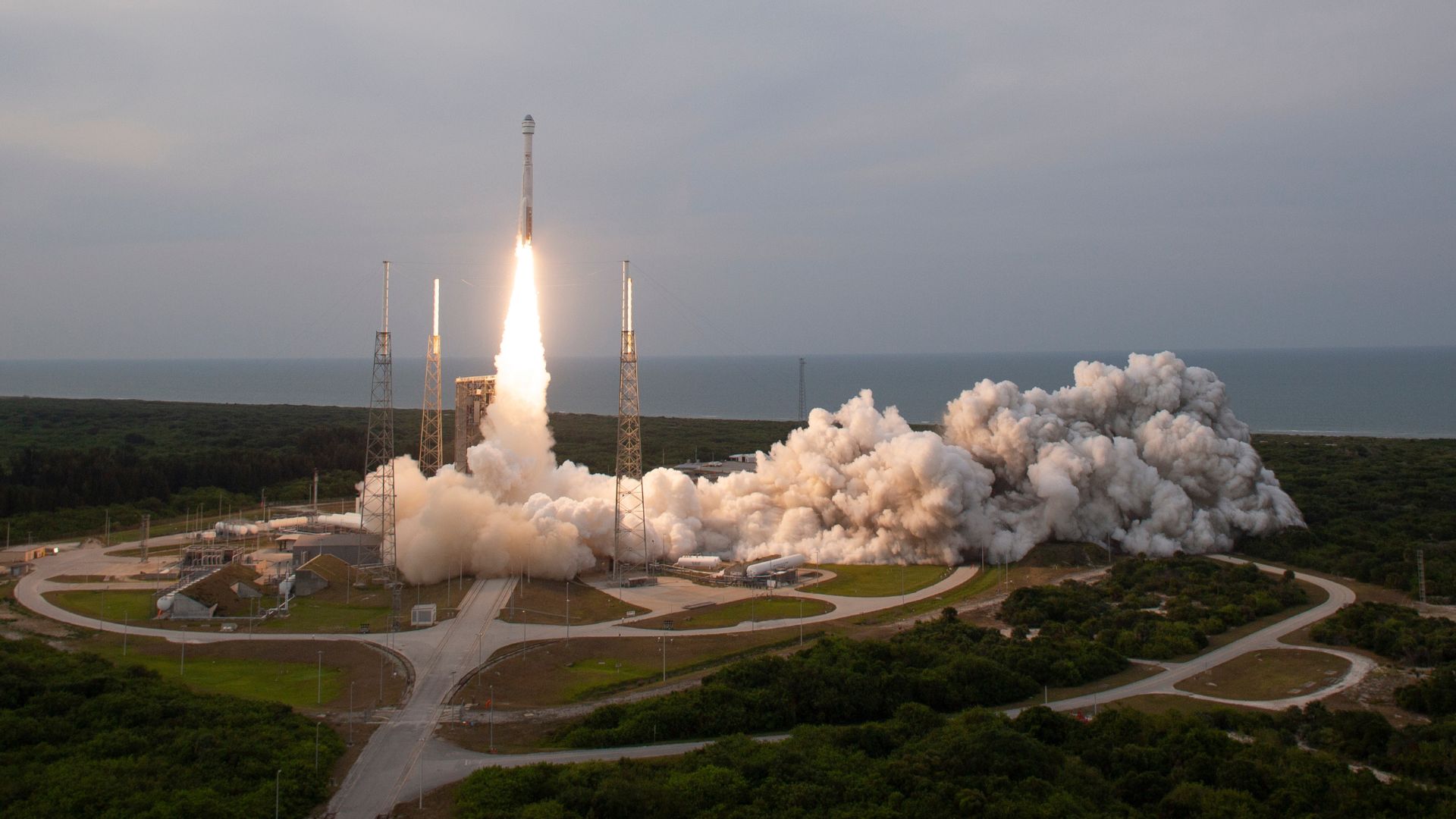
Source: NASA/Joel Kowsky/Wikimedia Commons
The focus is on understanding the heating effects within the thruster housings, or “doghouses,” which exacerbate overheating problems. This redesign aims to enhance the spacecraft’s thermal management.
Helium Leaks and Mitigation Strategies
In addition to thruster problems, Starliner has encountered helium leaks. Mark Nappi, Boeing’s Starliner Program Manager, identified over 30 actions to address these leaks.

Source: NASA/Wikimedia Commons
Engineers are evaluating the spacecraft’s helium reserves to ensure there’s enough for the return journey and future missions.
Battery Certification and Mission Timeline
Starliner’s batteries were certified for a 45-day mission, which will be reached on July 20.
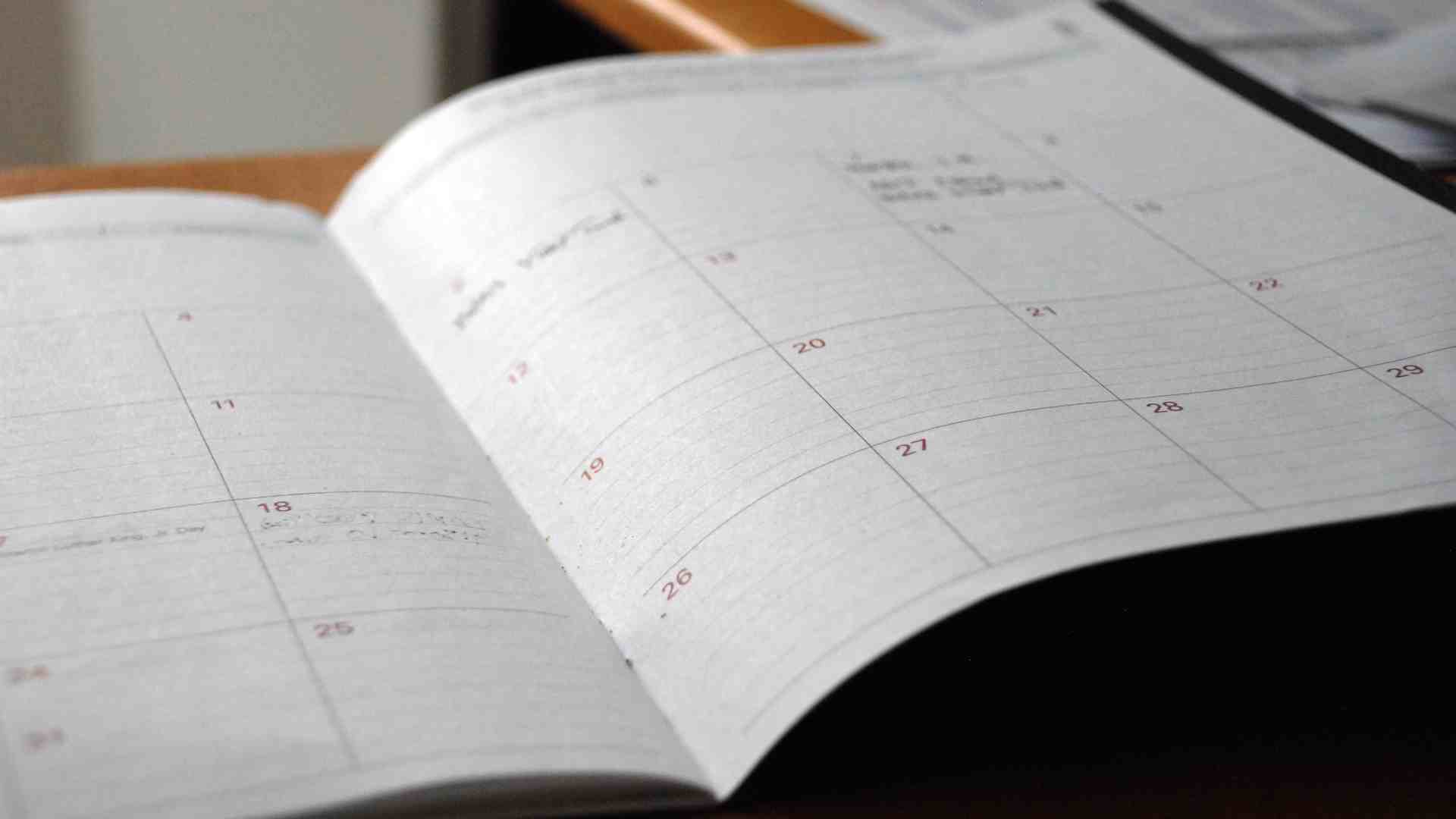
Source: Eric Rothermel
However, it’s expected the spacecraft will stay in orbit beyond this period. NASA aims to return Starliner by mid-August to make way for the next SpaceX crew mission, but no final decisions have been made.
Safety First: The Importance of Thorough Testing
NASA’s Commercial Crew Program Manager, Steve Stich, emphasized the importance of safety and thorough testing. The goal is to ensure that the thrusters can perform adequately for the deorbit burn.
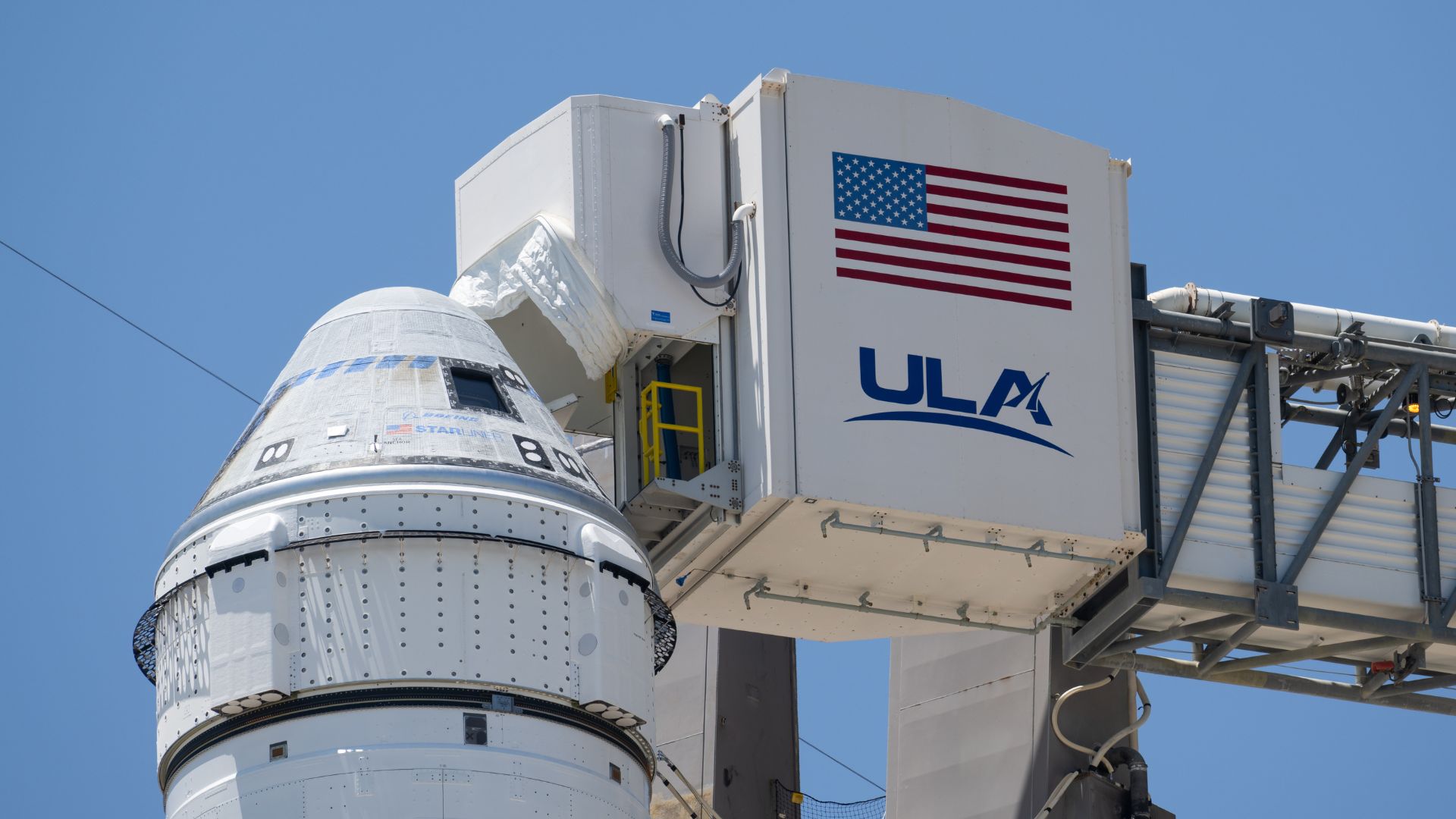
Source: NASA/Joel Kowsky/Wikimedia Commons
Stich noted that human spaceflight involves inherent risks, and careful evaluation is crucial before committing to return.
Collaborative Efforts with SpaceX
The presence of SpaceX’s Crew Dragon on the ISS offers flexibility in crew transportation.
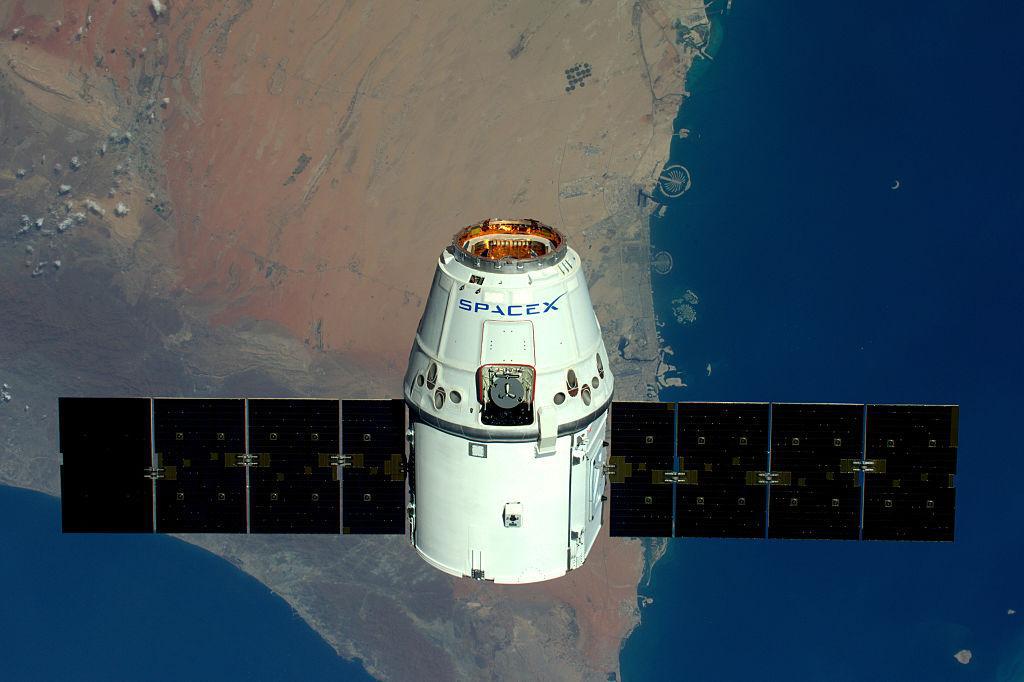
Source: Tim Peake / ESA/NASA via Getty Images
This dual-provider approach ensures that ISS crew operations can continue smoothly, even if one spacecraft encounters issues.
Future Operational Missions at Risk
The delays and technical challenges faced by Starliner may impact its operational missions, initially scheduled for early next year.
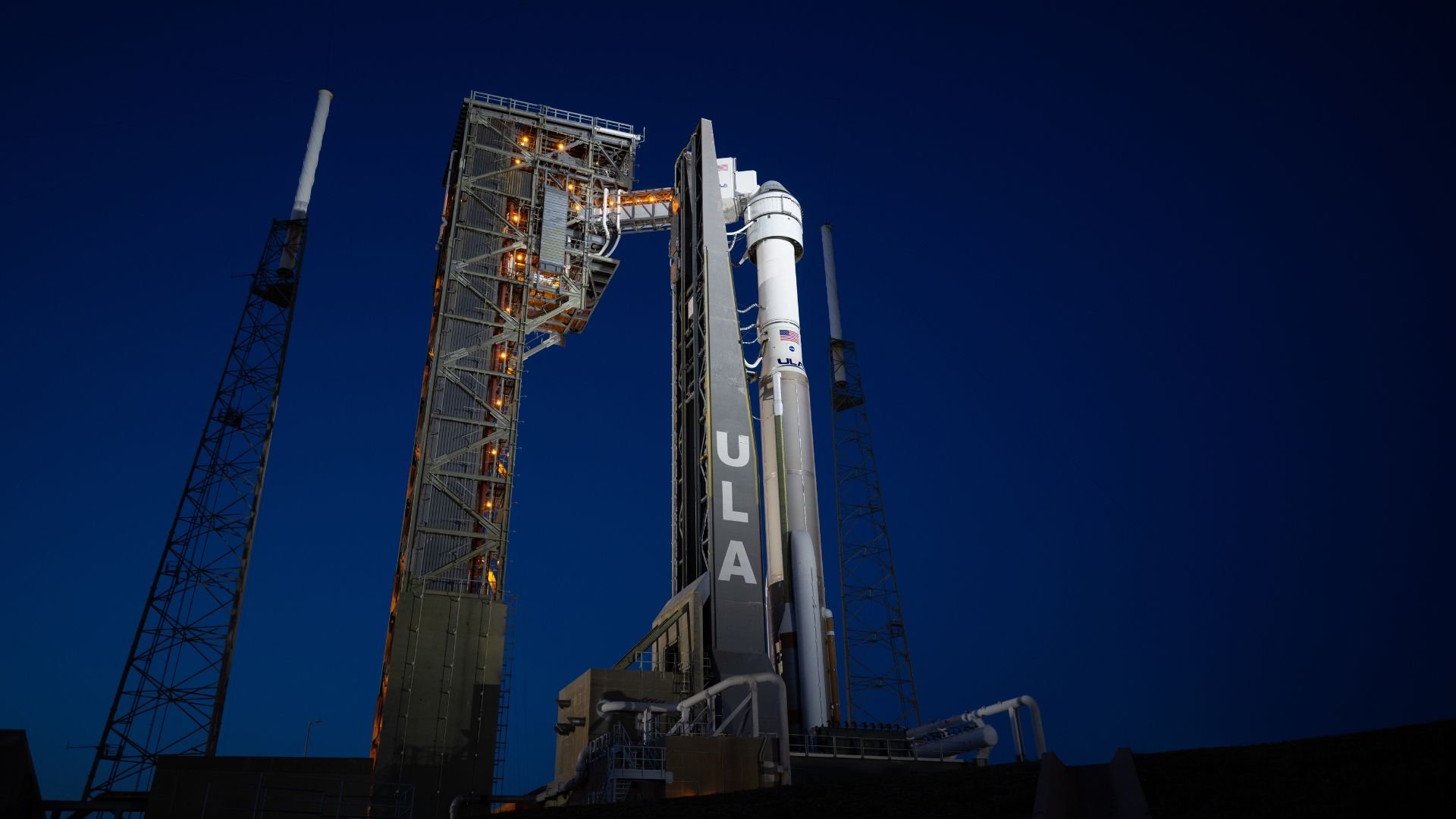
Source: NASA/Joel Kowsky/Wikimedia Commons
Engineers need time to resolve the thruster and helium leak issues before the next flight. The first operational mission, Starliner-1, is under scrutiny to ensure all problems are addressed.
Potential Schedule Adjustments
Stich indicated that the longer the current test flight issues persist, the more likely the first operational mission could be delayed.
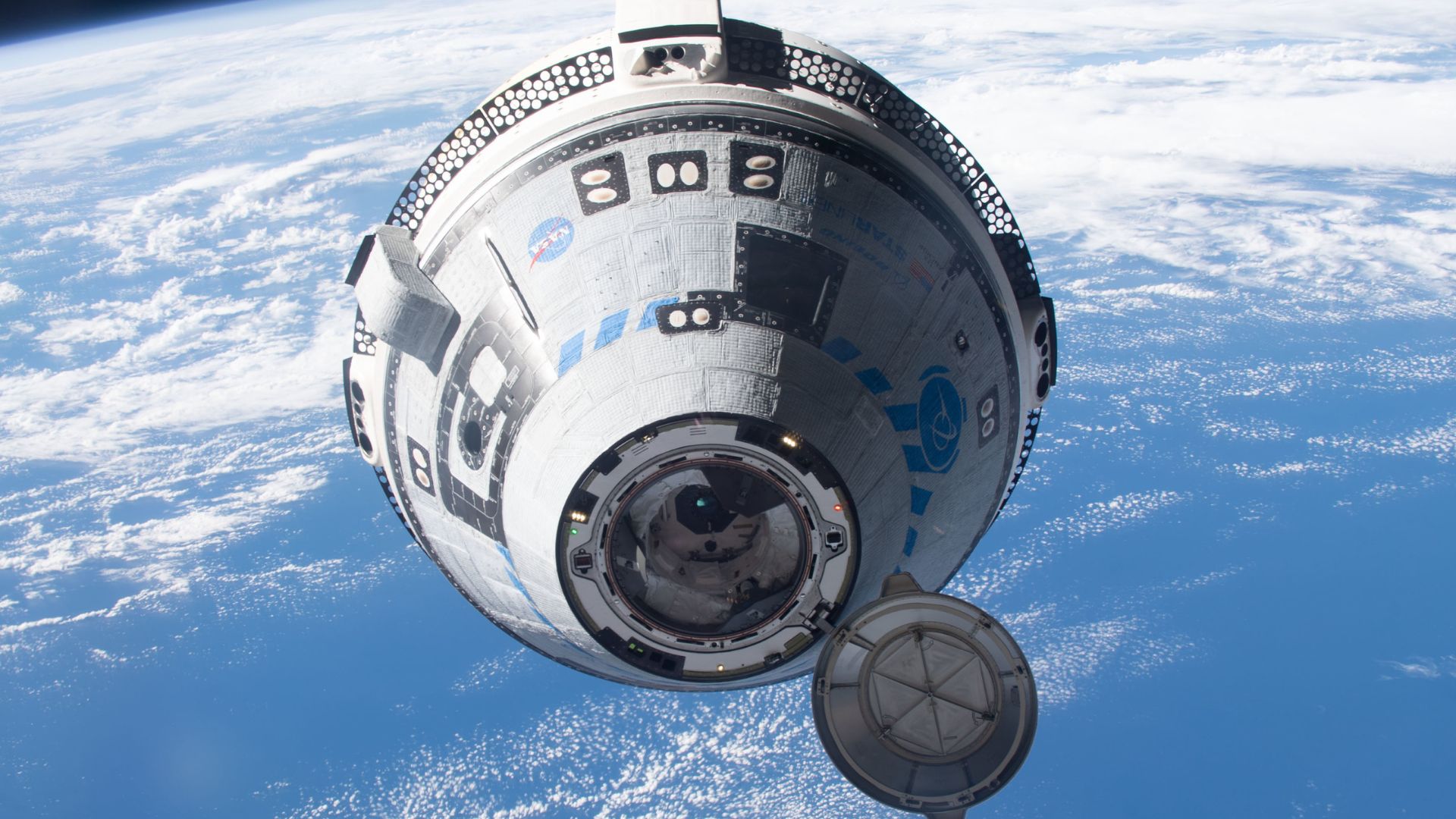
Source: Bob Hines/NASA/Wikimedia Commons
Engineers are considering replacing seals in the next service module to reduce the risk of helium leaks, aiming for a more reliable and efficient spacecraft for future missions.
The Road Ahead for Starliner
While the delays are challenging, they are part of advancing human spaceflight. The ongoing tests and evaluations are important for ensuring astronaut safety and mission success.
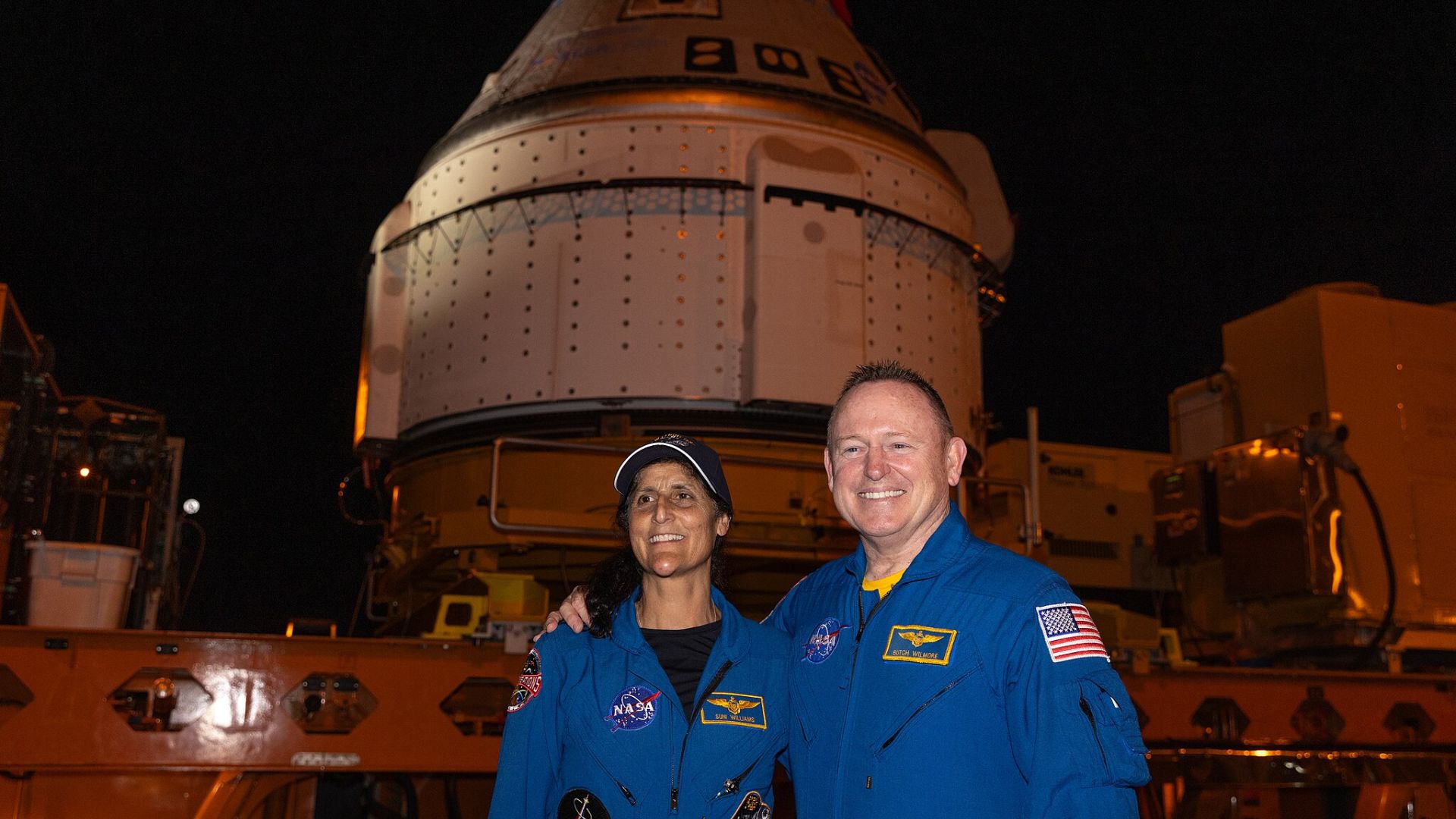
Source: NASA/Kim Shiflett/Wikimedia Commons
NASA and Boeing’s collaborative efforts will pave the way for more reliable space missions, reinforcing the importance of rigorous testing and adaptability in space exploration.
